This guide to Understanding Exposure to Electrical Cleaning Solvent Vapors explains how workers are exposed to airborne vapors, how the exposure is determined, and how OELs for cleaning solvents are established. Learn how presaturated wipes limit vapor exposure, what combustion hazards should be considered and how to select the right cleaning solvent for your specific task and work environment.
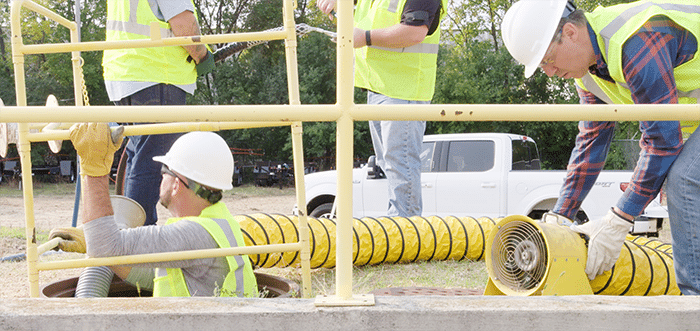
Because electrical cleaning solvents leave no residue and evaporate quickly, solvent vapor levels in the air can rapidly reach significant concentrations. The worker is exposed to airborne solvent vapors, which is concerning in enclosed environments such as vaults.
The amount of solvent in a given volume of air is measured as a concentration. While many concentration dimensions are possible (such as mg/m³), the most common in industrial hygiene is parts per million (ppm) or parts per hundred million (pphm) of air.
Several organizations establish “acceptable” levels of solvent vapor exposure. In the USA, OSHA and ACGIH set exposure limits. Other countries set national workplace exposure limits (WEL). The levels they have established are called OELs (Occupational Exposure Limit) or TWA (Time-Weighted Average) for long-term exposure. OELs are typically based on 8-hour exposure and are given in ppm or mg/m3.
No, OELs vary significantly by the cleaning solvent. Some types of vapors are considered more toxic than others. For common industrial solvents, the OELs vary from 50 ppm to 1000 ppm.
The Safety Data Sheet put out by the manufacturer of the cleaner should have OEL information. Better products customized for electrical cleaning, like SpliceMaster® Cleaners, are specially formulated solvent combinations. Their OEL is based on their components.
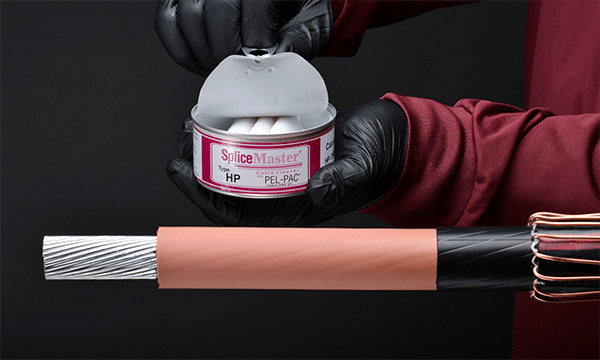
This probably means that not enough toxicological data is available for industrial hygienists to establish such a level. It does not mean that unlimited exposure to the solvent is considered safe. Without specific data, OELs from other chemically similar solvents are sometimes used. Be wary of any volatile solvent cleaner that claims not to have an OEL and to be “non-hazardous.” Airborne cleaner vapors have a limit, and you should be informed of it.
Yes, the most common OELs cited are OEL-TWAs (Occupational Exposure Limit -Time Weighted Average), which is an exposure level under which most people can work (40 hours per week) without adverse effects. In other words, this assumes constant exposure during a normal work week. For the occasional exposure during splicing, terminating, insulator cleaning, etc., such OEL-TWAs would seem conservative. However, a conservative approach is appropriate in this area. For some solvents, the hygiene groups also publish STEL (Short-Term Exposure Limits) typically based on a 15-minute exposure. These are levels above which even short-term exposure should not occur.

If workers are only exposed to cleaner vapor levels below the OEL-TWAs, are they “safe”?
The OEL-TWAs are intended as guidelines, not as absolute levels. The OELs are reviewed regularly and can be changed. Certainly, keeping worker solvent exposure below OEL-TWA levels is a good start on a safe, cleaner-use program. Other cleaner parameters, including carcinogenicity and oral toxicity, should also be considered in selecting a cleaning solvent.
Probably not. Some solvents do have strong odors and irritate the eyes and throat before they reach the OEL level. Many do not, however, and workers can be exposed to levels above the OEL and not be aware of it. Realistically, it is these cleaning solvents that the field worker prefers—because they don’t “smell bad.” Relying on odor and/or irritation to determine toxicity is no substitute for sound engineering. This is why the responsibility for safe use of cleaners must belong to the corporate hygienists as well as operations and standards engineers. The field people simply can’t tell.
Presaturated wipes are a simple solution to limit worker exposure to cleaning solution vapors. Each wipe is pre-saturated with a measured amount of cleaning solution, so the amount of solvent released into the air is determined by the number of wipes used and the way they are used. By knowing the OELs for the cleaning solution, safe exposure levels can be maintained.
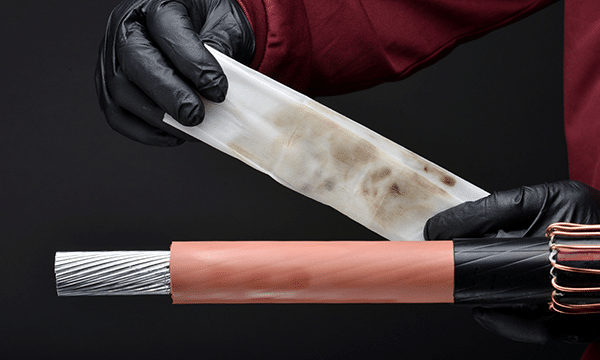
Yes, a substantial number of factors are involved, including cleaner evaporation rate, field temperature, the area of confinement, and air movement or turnover (mechanical or otherwise). The evaporation properties for SpliceMaster Cleaners have been determined and are combined with relevant field parameters in a computerized model to provide specific exposure data.
As a customer service, Polywater® will do the calculations and provide the results to users of our cleaners. However, field-specific input from you is extremely important, including:
Yes, you may want to have a number of calculations run to cover your field variables. Polywater will perform multiple calculations for you; and based on the results, you can generalize into field standards for a safe operation. However, as a matter of policy, Polywater will not perform calculations if you are not using our cleaners and have not determined the specific parameters for your cleaning situation.
Better you know that than not. Then you can consider changes to reduce exposure levels. SpliceMaster Cleaners have relatively high OELs but you may be operating today above the OELs of all cleaners you’re currently using. The value of the computerized model and calculations is to show you how to bring exposures to an acceptable level.
Presaturated wipes may contain solvents that are potentially combustible, and therefore, it is crucial to be aware of the risks associated with their use. However, a single saturated wipe has limited fuel capacity, which reduces the risk of combustion.
To minimize the risk of combustion, it is recommended to use presaturated wipes within their intended purpose and avoid using them on surfaces that are sensitive to solvents. It is also important to store them in a cool and dry place, away from heat sources, and to dispose of them in a safe and appropriate manner.
While the LELs (Lower Explosive Limits) of combustible solvents in presaturated wipes are higher than their OEL levels, it is still important to handle them with care. If the wipes are used at or below the OEL level, the solvent vapors are not concentrated enough to pose an explosion hazard.
It is always important to follow proper safety guidelines when using presaturated wipes to minimize the risk of accidents and combustion.
Our experience in the field over time has been positive. Presaturated wipes are appreciated for their neat and convenient packaging. Field workers find them to be an easy and efficient way to complete tasks.
AUTHOR: POLYWATER
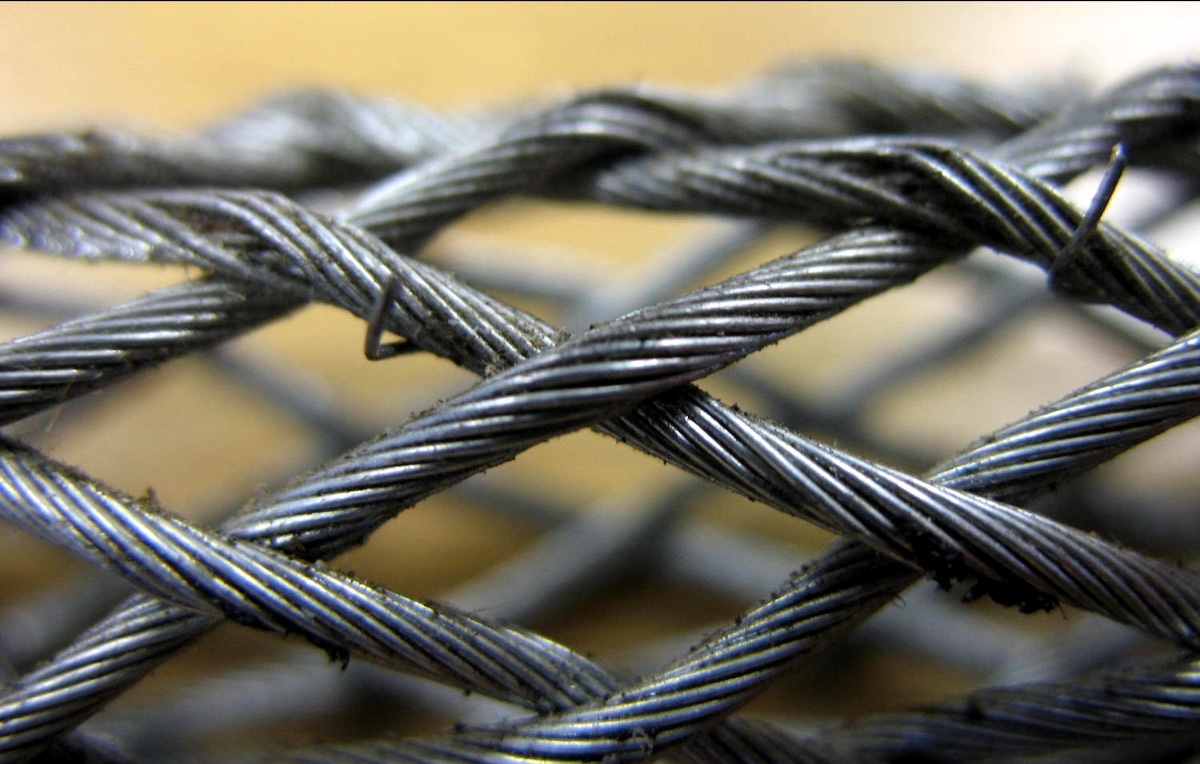
Inspecting a cable sock is crucially important to ensure safe pulling operations, maximum sock strength and performance.
LEARN MORE
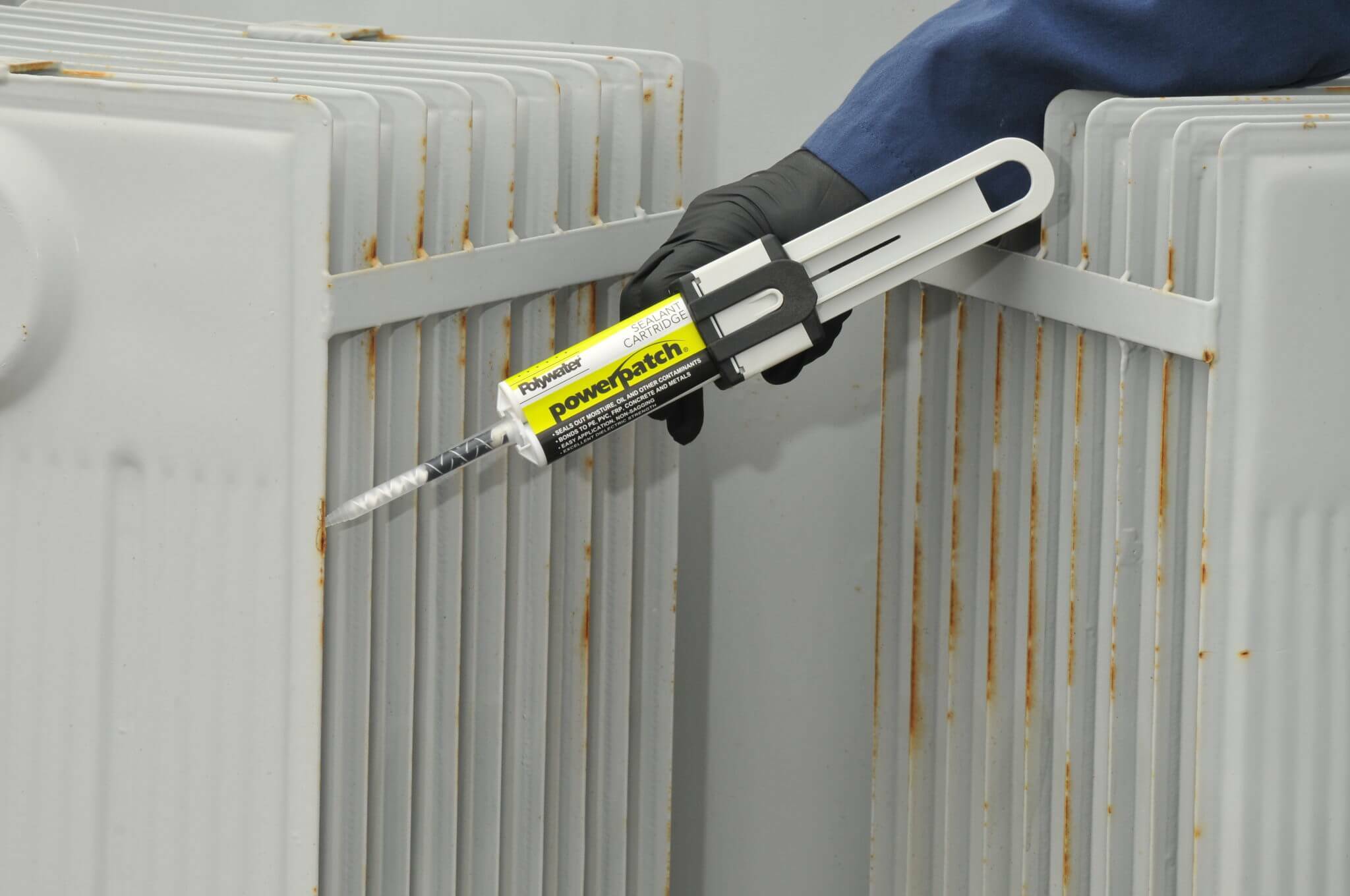
The fast and effective repair of power transformer oil or SF6 leaks is an important part of a consistent power supply that minimize economic losses for both power utilities and their customers.
LEARN MORE
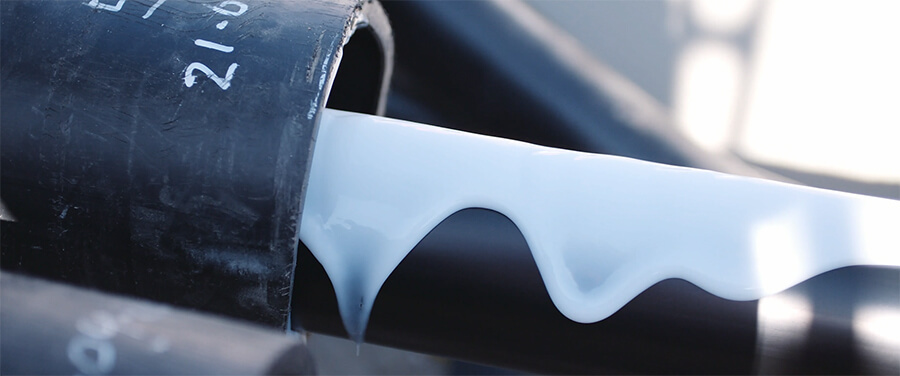
The most frequently asked questions regarding cable pulling and lubrication.
LEARN MORE
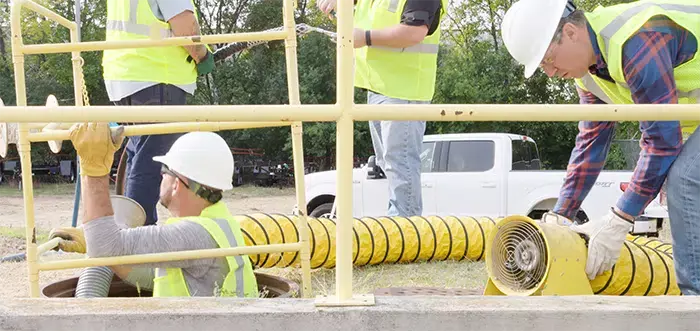
This guide to Understanding Exposure to Electrical Cleaning Solvent Vapors.
READ MORE
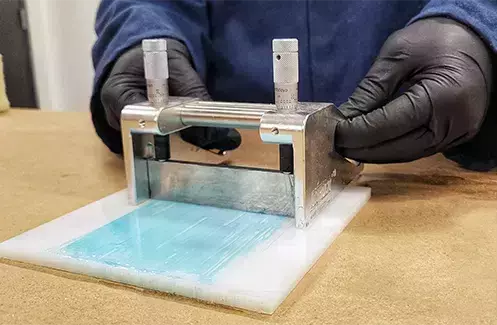
How much cable pulling lubricant is needed to safely install cable? The answer is simple...
READ MORE
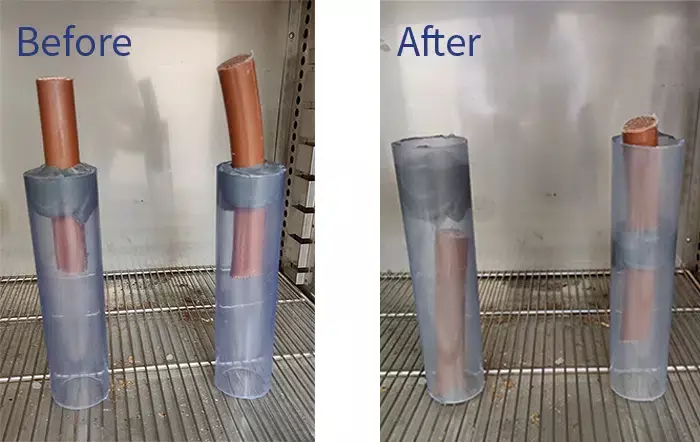
Duct Putty is commonly used to seal electrical and communications duct worldwide, but falls seriously short of expectations.
READ MORE
Contact us
"Powerhowse Electric offers quality electrical supplies. Contact us today for more information or to place an order!"
Contact us